With a growing number of families getting interested in preparing for emergencies, making sure parents and children are prepared and that they know what to do in an emergency situation is crucial to guarantee that the entire family has the best chance at survival. Having a panicked or injured child can easily distract you from even the most carefully planned bugout, and if you are distracted, you may not notice threats to your safety in your surroundings.
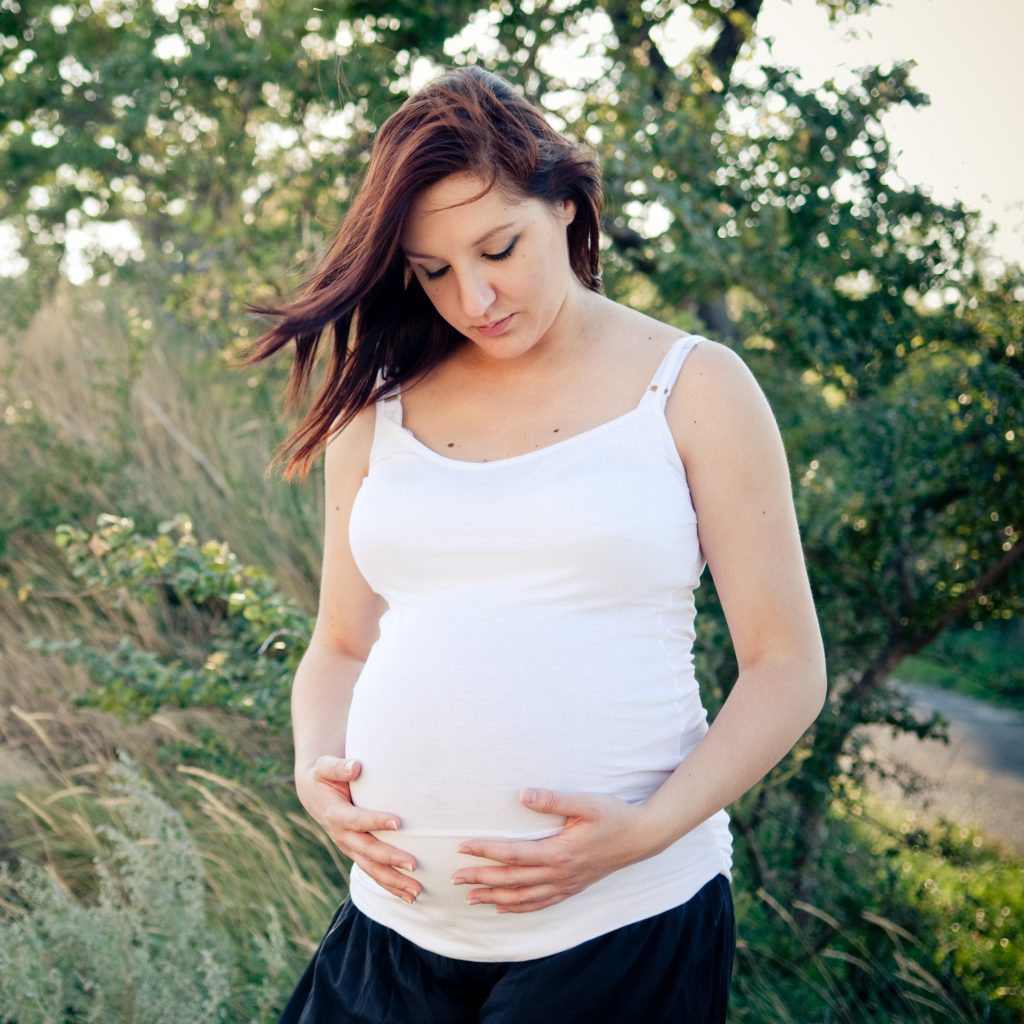
Almost everyone reading this either knows, or is, a woman of childbearing age. A SHTF situation provides unique challenges for organized medical care and supplies. Being pregnant when disaster strikes may not be avoidable however. Ordinarily celebrated, a conception when society is collapsing can be a terrifying consideration. During the American revolution, the maternal mortality rate was between 2-4%, which obviously increases for each subsequent pregnancy. In the early 1800s a woman could get pregnant 6-10 times in her lifetime, raising that mortality rate to above 1 in 4. I am going to assume that most of you that have prepared a bugout bag have not included condoms. If you do, do you restock them regularly? They will only last 2-5 years in optimal storage conditions. How will you prevent pregnancy if you run out or the disaster lasts longer than a couple years? IUDs are best placed by an experienced professional, birth control pills can often only be obtained at a few month’s supply at best. As you can see common, modern, and convenient forms of birth control may not be an option.
While not as effective as birth control pills, 4SHTF suggests considering the modern rhythm method also known as natural family planning (NFP). Warning: basic biology lesson time, this will get descriptive. Women with regular cycles of 28 days can be pretty certain ovulation is occurring. Ladies, you’re going to want to add a basal body thermometer to your bugout gear if you plan on being sexually active and trying to avoid pregnancy. For a couple of cycles check your temperature at the same time each morning prior to getting out of bed, you should notice your temperature increase by half a degree once you ovulate, and remain elevated until your next period. Using a calender chart your daily temperature until a pattern emerges, marking the first day of bleeding as day one.
Assuming a 28 day cycle and temperature rise occurring on the 14th day. You should avoid intercourse from the 10th to the 18th day If you don’t ovulate until later, say the 17th day, then shift the “fertile” period over to days 13 – 21. Additionally keep in mind, ovulation may happen 2-3 days earlier or later in any one cycle. Read more about how hormones effect your cycle. I addition to tracking your cycle by body temperature, monitoring cervical mucus can increase the accuracy and efficacy of this natural method, as you are most fertile when cervical mucus is clear and slippery. For the robust prepper, ovulation test kits and electronic fertility monitors can be stocked to measure reproductive hormones in the urine.
At this point you’re giving me dirty looks because I told you not to have sex for a week and a half every month, but trust me responsible fertility will be very important when resources are scarce. If you are unfortunate enough to find yourself pregnant when long term societal breakdown occurs, the worst thing you can do is panic. Keep in mind none of us would be here if our babies weren’t capable of being born absent medical intervention. Just keep in mind to not exert yourself much the last few months, which may not be as easy as it sounds if society has broken down.
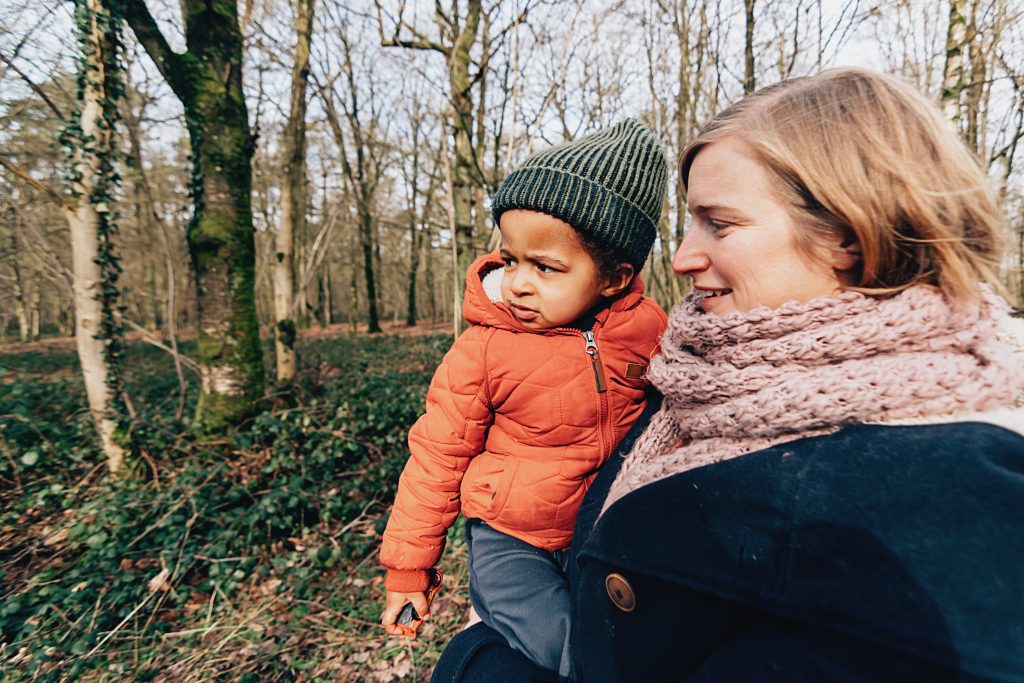
If your child is still an infant, there is not much you can do to prepare them, but you can prepare yourself.
For babies, a diaper bag is usually their bug out bag. Just ensure that it is fully stocked with diapers, baby wipes, creams, shelf stable food, and a few sets of clothing that includes a thick snowsuit that you can use to tuck them to sleep even when a proper bed is not available.
It is also a good idea to include a large can of baby formula even if you exclusively breastfeed your child. In highly stressful situations, it is expected for a mother’s milk supply to slow down or even stop completely, especially if there is a shortage of food for her to eat, and a hungry baby just adds to the stress. Keep a wearable baby carrier with your bugout bag, because hauling a bulky car seat or pushing a stroller around is not only impractical, it will also exhaust you quickly. Choose one that is adjustable, so that any member of your family can carry the baby if needed, and one that can be used for a wide age range to ensure that it will be useful in the event of a long-term disaster.
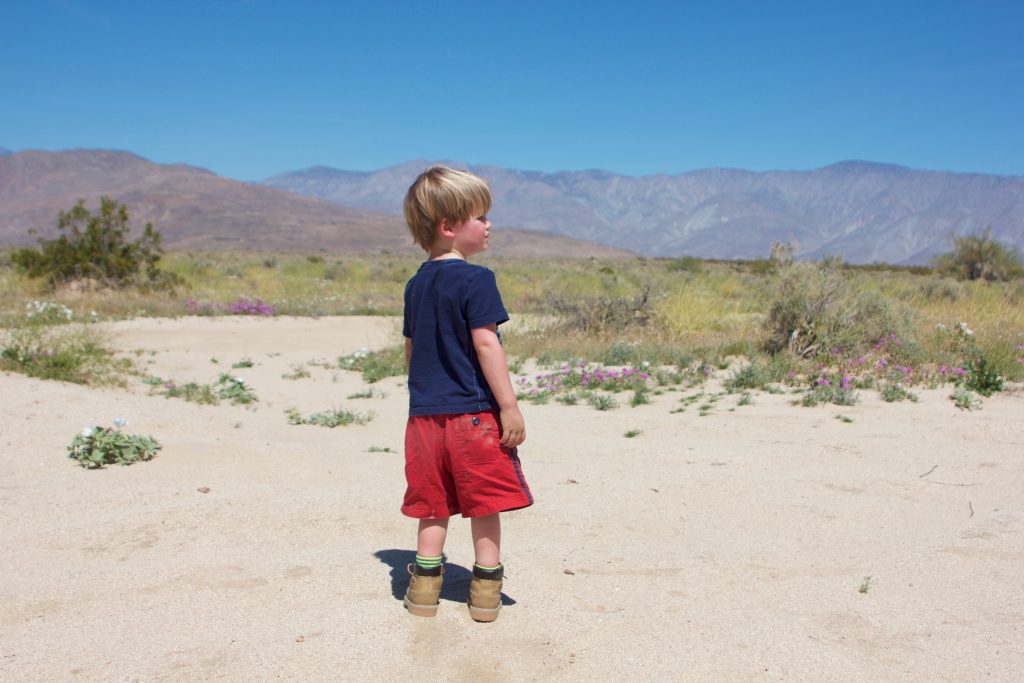
Pack a children’s bugout bag containing essentials like sets of clothing, a small blanket, diapers or training pants, wipes, band aids (a cartoon character band aid has the most amazing effect on calming a toddler with what they perceives to be an injury), finger foods, bottled water, and some small toys that do not require any batteries.
Let your child choose their favorite backpack, and allow them to help pack the bag. Write your child’s name and your contact details clearly on the top of the bag or the shoulder strap in the event that you might get separated. Make sure it has a chest buckle that your toddler cannot undo. Practice having your child put the backpack on fully loaded and leaving it on for the duration of your bugout rehearsal to avoid the “Mommy, it’s heavy” meltdown that could result in a toddler refusing to go anywhere in an actual emergency.
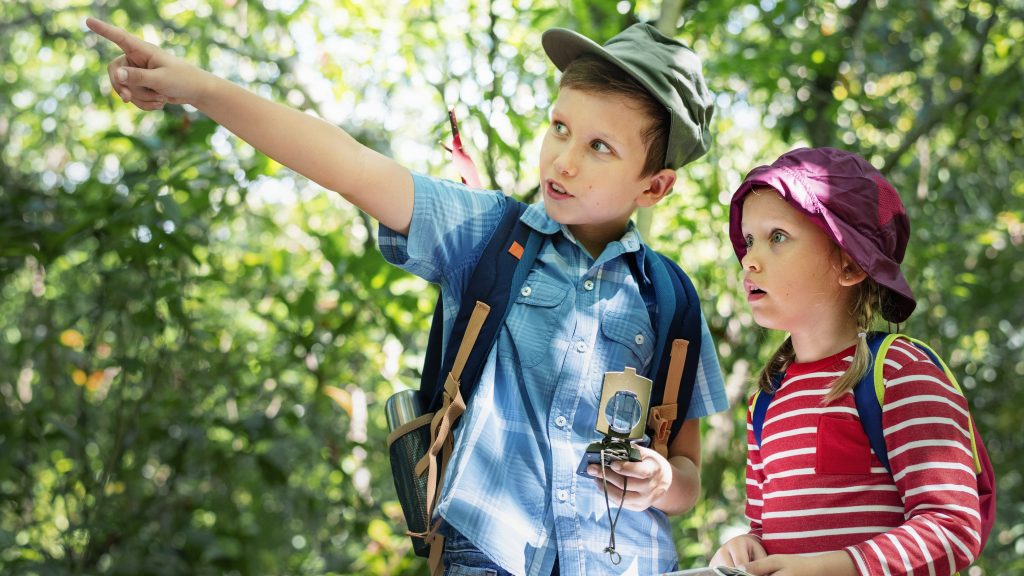
If your child is around four or five, bugout bags can be a little larger and more practical, and things start to get easier because they can usually follow simple instructions, carry their own belongings, and do not need to be carried around, however OPSEC now becomes extremely important, as children are not very good at keeping quiet about things.
In addition to your regular bugout rehearsal, have regular discussions about the importance of not telling people about what is kept in your home, not discussing your routines, and knowing any code words that are used for identifying safe and unsafe situations. At the beginning of an emergency situation, tell your child that it is time to bugout (or preferably a unique code word you have established for the specific bugout scenario) and that it is not a rehearsal this time. This will help them to prepare their mind and reduce the likelihood that they may “freeze” in fear.
Allow your child to take one or two small “comfort” item such as his favorite teddy bear or his favorite book, and explain why he will not be able to bring all of his favorite things. Children this age often need to be given a clear instruction and explanation to avoid confusion or overload, which can result in a tantrum. Saying “We can only take one toy because we don’t have enough hands to carry everything” is better than “Just pick one, we have to go” as it reduces the urgency, and your child is less likely to feel you are being mean if he understands your reasoning. It is also a good idea to introduce basic firearms safety around this age, and even to begin practicing with actual firearms under close adult supervision to familiarize him with things like how loud a shot will sound, or how hard a gun may kick to avoid scaring them in the event that you need to use one in a crisis, or if they need to stay calm if you get caught in a firefight during the bugout.
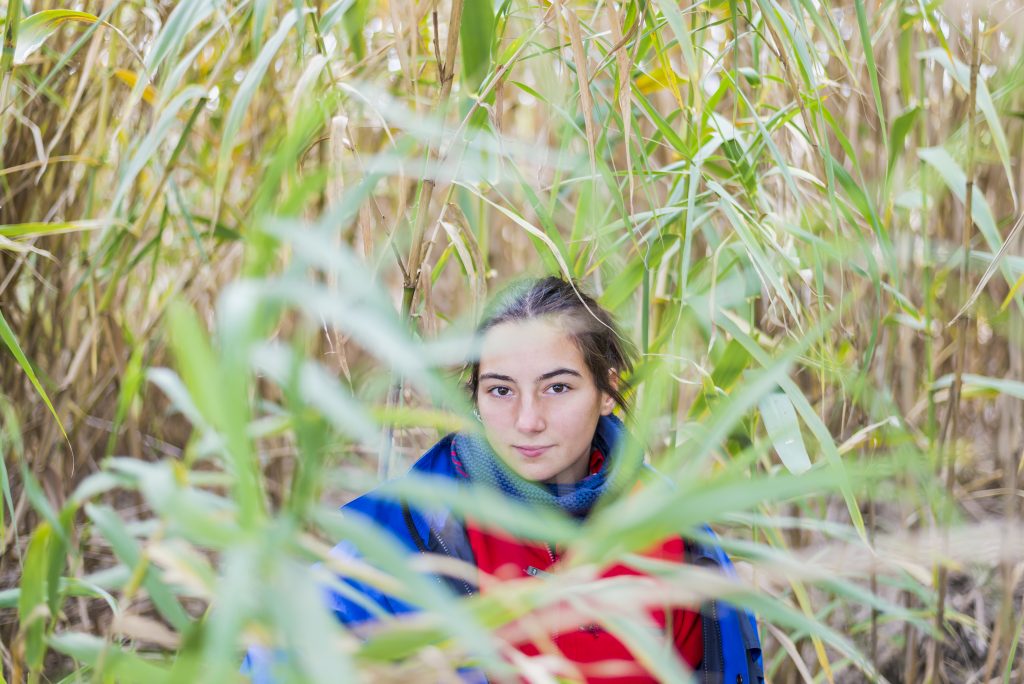
The process is usually much faster and easier for older kids. By then, your child should be able to easily follow instructions, get their bags by himself, assist with younger siblings or pets, and should not need any comfort items (although a good book can help with boredom) or lengthy explanations. If you have been prepping for a while, the routine should be well memorized, and they should understand much better the importance of not revealing sensitive information to others. In your routine, also practice what to do in the event that they becomes separated from you. Include a list of names and numbers or addresses in your child’s bag that can be used to reunite the family, and he should be old enough to be given a small radio or or simple walkie-talkie and be able to use it properly and responsibly in order to get help.
It is also a good idea to teach your child how to properly handle, disassemble and reassemble, and maintain any weapons you may use, and have regular target practice to help ensure they have a reliable defense method.

You should also take psychological preparedness into consideration because this greatly affects your children. Talk with your children and help them imagine how things are going to happen. Make sure that you do this in a very specific and realistic way. What would it feel like? How would you react? Will you get scared or just remain calm? Do you hear loud noises? Are people moving fast? You should be able to help your family recognize well when they become stressed out and worried. It is also recommended that your family members can identify and effectively communicate the thoughts going on in their minds during times where stress levels are at their highest.
Teaching them how to reduce anxiety and stress will be critical for them to helpful to the survival plan and not a hindrance. Keep an eye out for red flags like exaggeration, self blame, hesitation to try a specific activity, being unusually pessimistic, low tolerance for mistakes, and obviously shutting down. Use probing questions to try to get to the root of the negative thoughts, and then work with the child to increase optimism and motivation. One way is to replace negative thoughts and talk about positive, empowering things. Avoid generalizing like “It’s okay, we’re going to be fine.” or “We will manage because we know what to do.” Instead address their problem specifically and with understanding like “I know we had to leave your friends. People will come and go from your life a lot as you get older, just try to remember the good times you shared together. And when things settle down and get back to normal, we can try to get in touch with them” And the other way is to look for ways to minimize physiological sources of stress like breathing deeply and getting active.
Children will look to the adults closest to them for clues on how to respond in a crisis. Keeping your own composure and optimism is essential. If you show your child that you are afraid, this will only solidify the realness of the situation and may cause them more stress and anxiety. Remaining calm and in control will help your child cope better in times of uncertainty, and it won’t hurt you either. After the initial shock of the crisis has passed, you need to address the event in a receptive way. Children crave routine, and major disruptions can be damaging if not processed properly. Their confusion and anxiety can express itself in many different ways ranging from being distant to being clingy, and from shy to aggressive, dependent on their personality. Keep an eye out for extremes in Affect and confront them as soon as possible. Young children might be further traumatized if the radio is constantly broadcasting updates with negative details about the extent of the situation.

Obviously you should have evacuation plans for your home in case of things like fire. Do they know two ways out of every room? Your older children should be involved in the planning of this so that they have a deep understanding for the reasoning behind certain decisions. You need to plan for certain contingencies when you have children that you would not otherwise need to consider. One of the most worrisome is that a disaster could strike at a time when parents and children are separated. Pick a location outside of your neighborhood with more than one way out to be a designated meetup spot in this situation. What will you do if calamity strikes suddenly and you’re at work, the kids are at school, and your bugout preps are at home? Will your children know their responsibility in the event of a home invasion? Will you tell them to hide, or join you in an armed clearing of the house? Will they be able to remain quiet as to not reveal you if you have to hide from a group too large to engage? Consider the possibility of them being captured by somebody who wants to get information from them to steal your preps. How will they respond in a way that keeps them safe?
Check with your child’s school regarding emergency plans they have in place for the things you are concerned could likely effect them. Make sure your children are familiar with these procedures as well. Routinely quiz children on the specifics of the plan. For example, out of the blue ask something like: “If a fire breaks out in the kitchen and you are in your room, what should you do first?”
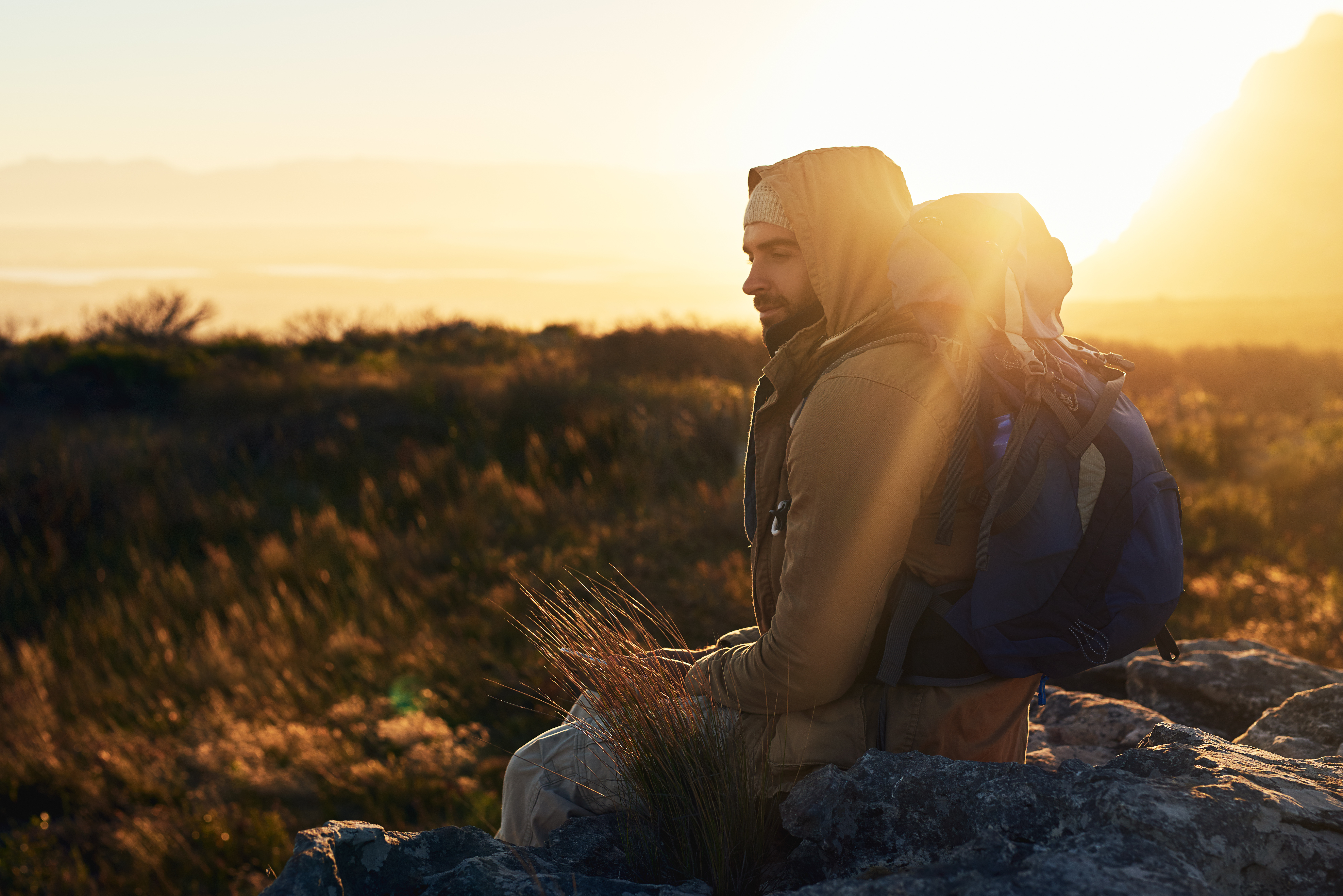
Children require special consideration when they are part of an emergency preparedness plan. They are physically more vulnerable and more prone to illness and injury. They are more sensitive to dehydration, and body heat loss. They are also less physically, emotionally, or intellectually capable than adults. They have less experience with overcoming challenges, less information to base conclusions on, and often feel like they have no control over the situation they are in. Being there for them during times of turmoil will help them become more resilient in the future, but it is very important to consider how having children can negatively impact your ability to be agile and respond quickly. Hopefully this article helps in making your children prepared for SHTF.
